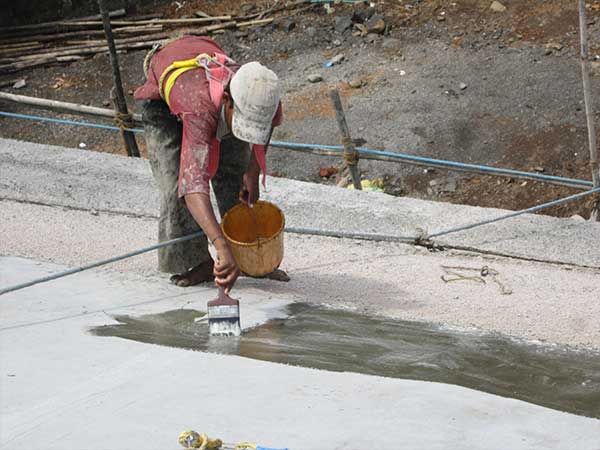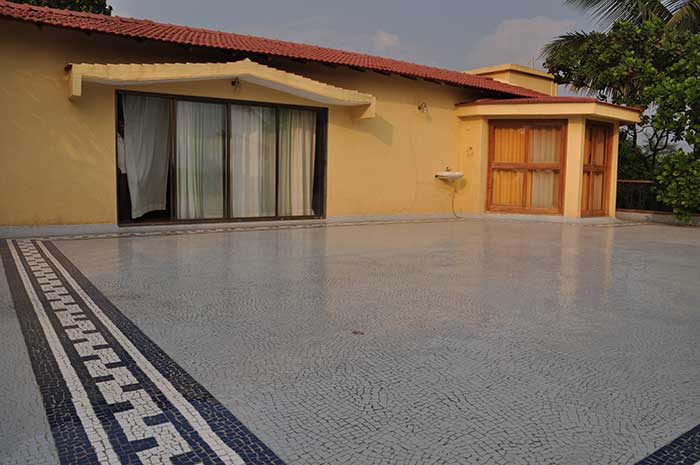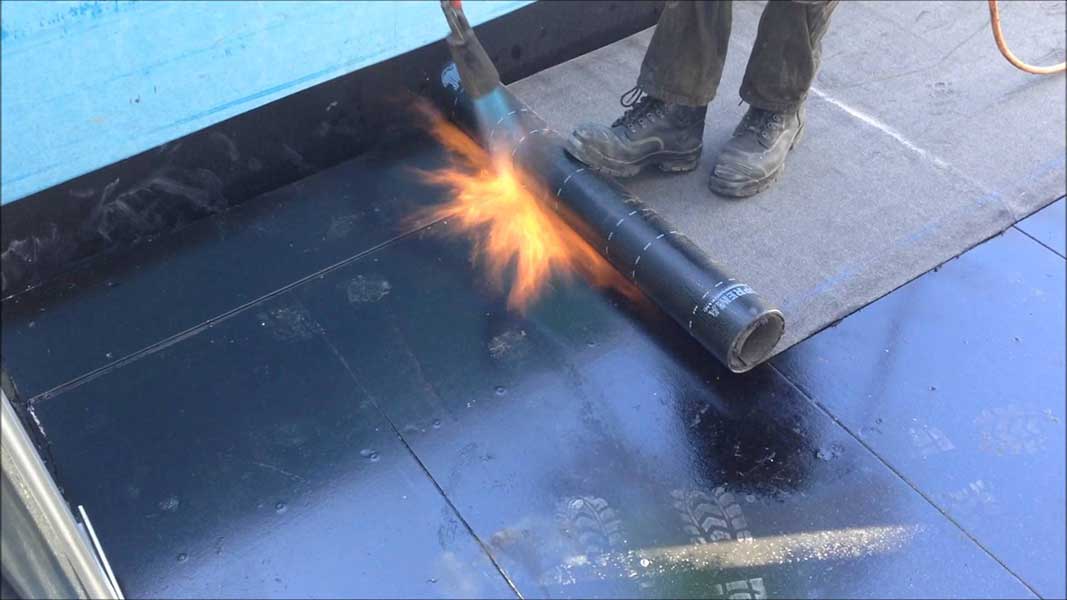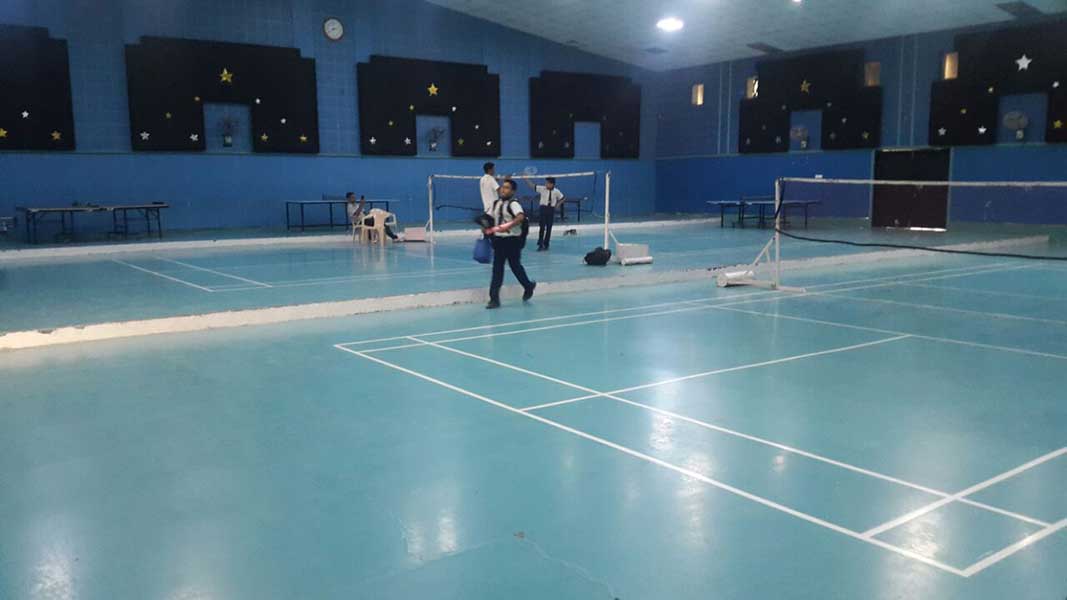
Waterproofing is the process of making an object or structure waterproof or water-resistant, so that it remains relatively unaffected by water or resisting the ingress of water under specified conditions.
It is essential to waterproof your building. Interior areas of your house must be kept dry from roof to basement. Water infiltration can lead to damages such as insect infestation, mold and in worst cases building failures. Waterproofing the house before construction will avoid these problems. If you waterproof your place, it will prevent damage later. Depending on the level of water damage or owner preference, waterproofing systems can be installed indoors or outdoors.

This is the oldest & the conventional method of waterproofing flat roofs.This is traditionally done by laying of brick bats on the slab which is covered with cement sand mortar or final finish of broken tile pieces
Read More
Atactic Polypropylene polymer modified bituminous membrane is reinforced with glass fibres.This is finished on both sides with thermofusible film. The glass fibre reinforcement provides dimensional stability & good strength.This has strong resistance to all atmospheric agents & is very durable.
Read More
This is the oldest & the conventional method of waterproofing of flat roofs.This is traditionally done by laying of brick bats on the slab which is covered with cement sand mortar or final finish of broken tile pieces
Read More